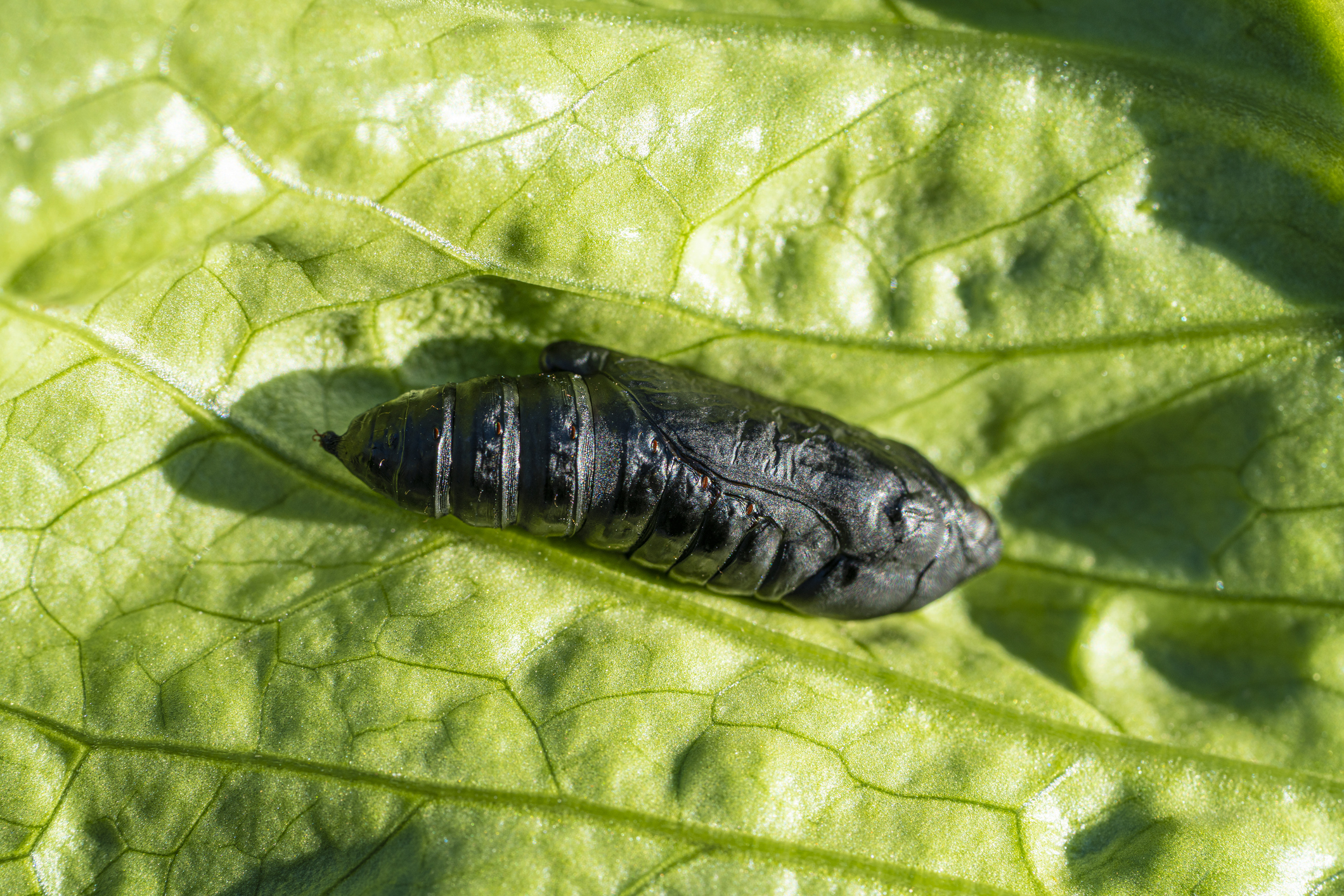As the planting season gets underway, corn growers must be vigilant against a common pest, the black cutworm, which poses a significant risk to young corn crops. Left unchecked, these pests can quickly escalate from minor annoyances to major threats. However, timely awareness and action, including accurately predicting cutting dates based on growing degree days, can mitigate black cutworm damage — preserving yield and quality.
What Are Black Cutworms?
Black cutworm, or Agrotis ipsilon, is a pervasive pest in corn fields across the Midwest. They are notorious for their ability to cut off young corn plants at the base. These moths migrate from southern regions each spring, laying eggs in soil and weeds near corn fields. Once hatched, the larvae begin feeding on the plants, often leading to severe losses if not controlled early.
Predicting Cutting Dates
Monitoring local moth captures and weather conditions help predict when larvae will reach a size that can cut corn plants, typically when they are about an inch long. This period, known as the "cutting date," is crucial for farmers. It's usually predicted by accumulating growing degree days (GDD), a measure of heat accumulation used to estimate plant and pest development rates. By tracking GDD, farmers can better time their scouting efforts to detect early signs of larval activity and implement control measures effectively.
How to Control Black Cutworms
Combine timely scouting with targeted interventions to effectively manage black cutworms in corn fields. When BCW moths are identified in the area, scouting should be intensified to catch early larval feeding signs. Since black cutworms do not warrant preventative treatments due to their sporadic nature, farmers should focus on rescue treatments when larvae are detected at economically harmful levels.
Practices such as maintaining clean fields and removing excessive weed cover can also discourage moth egg-laying. In some cases, using pheromone traps provides additional monitoring to gauge moth activity and potential larval presence more accurately. Ultimately, integrating these strategies forms the best defense against this unpredictable pest, ensuring minimal crop loss and robust yield.
Mitigate Black Cutworm Damage
Black cutworms can cause significant damage, but you can protect your crops with careful monitoring and integrated pest management strategies. Staying informed about pest developments and cutting dates is key to minimizing the impact of these destructive pests.
If you’re looking for the right agricultural equipment to help navigate these challenges, a local John Deere dealer can help.
